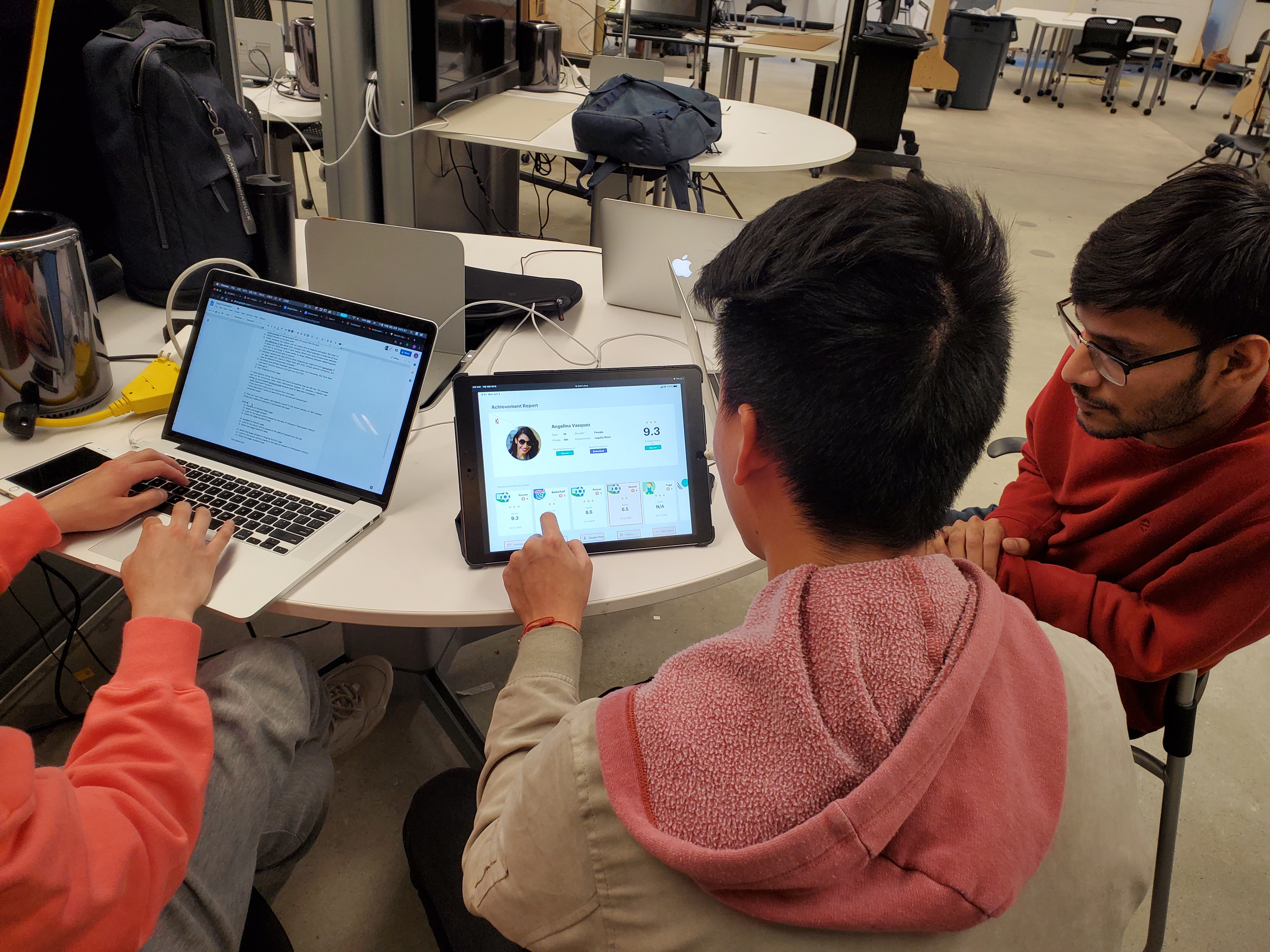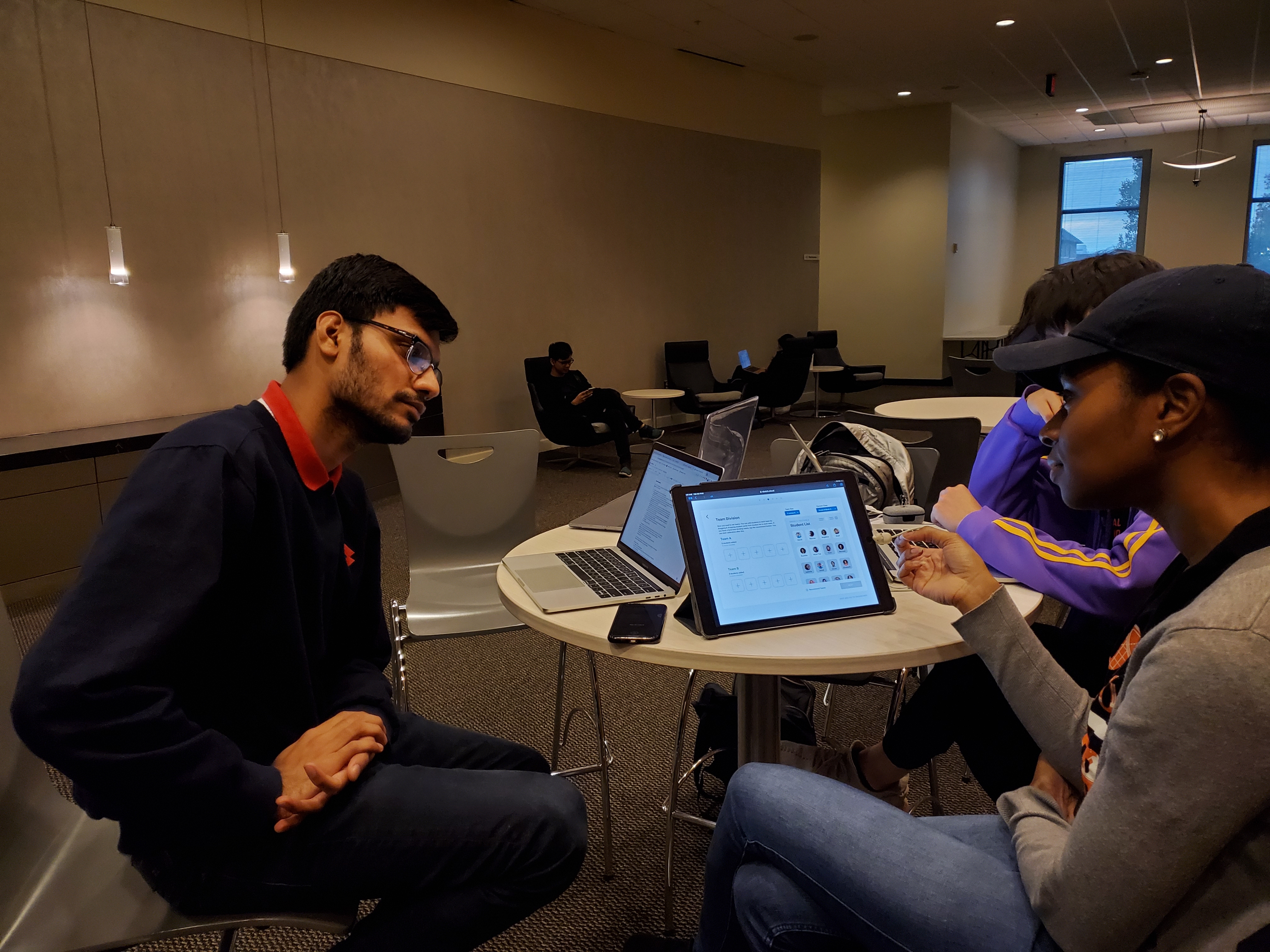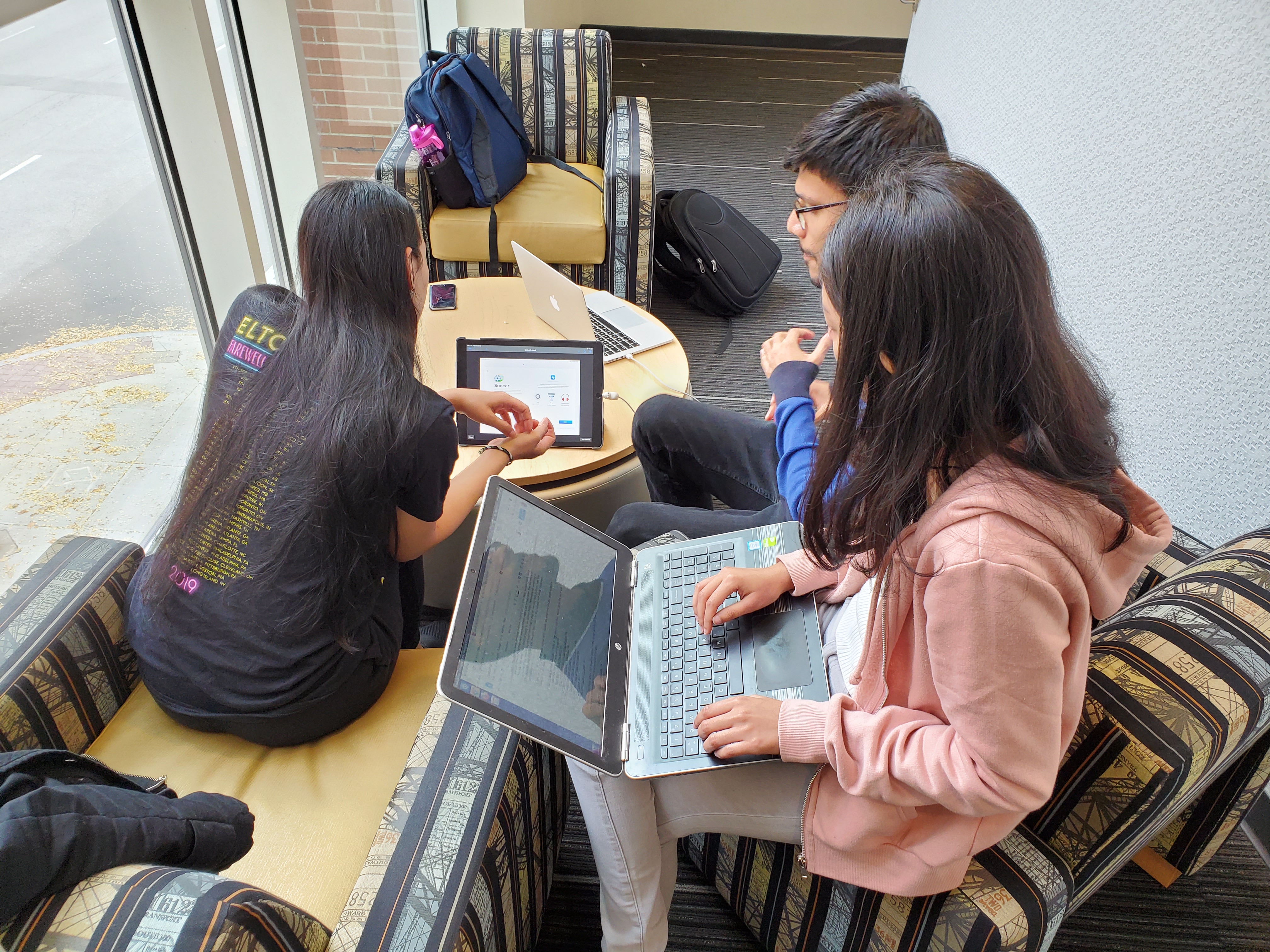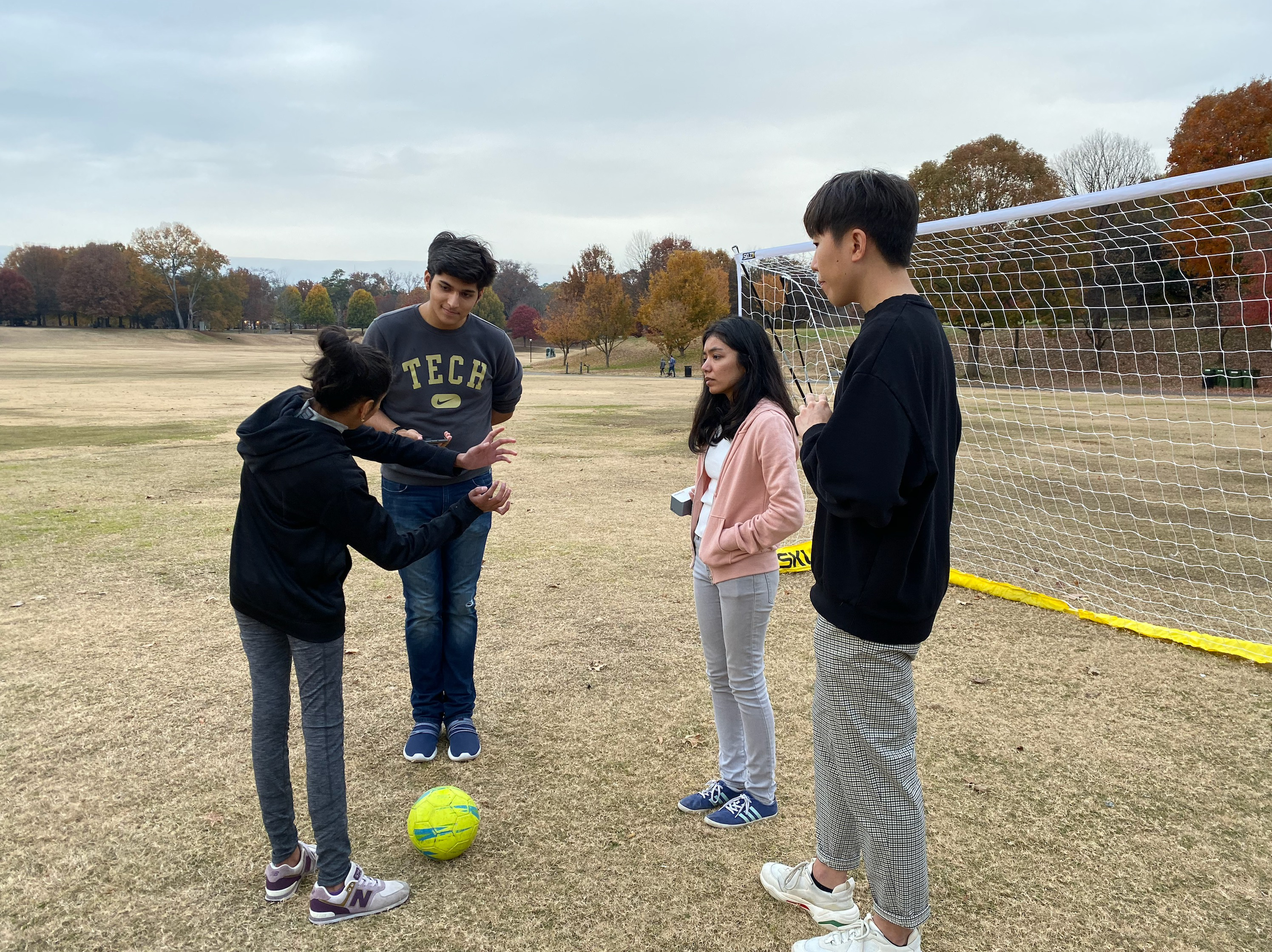Introduction

|
.Cataract |
||||||||||

|
Glaucoma andRetinitis Pigmentosa |
||||||||||

|
MacularDegeneration |
||||||||||

|
DiabeticRetinopathy |
||||||||||

|
HomonymousHemianopia |
||||||||||
| Simulations Taken From Ohio Lions Eye Research Foundation | |||||||||||
Naturally, with one or more these conditions, visually impaired people face issues in many basic daily living activities like navigating around places, cooking and eating, locating their belongings and finding readable material, to name a few. A physical fitness routine is generally the last thing on their minds owing to added factors such as altered balance and fear of falling.
However, there is no doubt that maintaining physical fitness reaps many benefits such as keeping us happy and less depressed or anxious. Clinical depression is a common symptom amongst many visually impaired individuals and hence exercising is of paramount importance to them.
Studies suggest that visually impaired children who were physically inactive were unlikely to pick it up later in life. Thus, the childhood of a visually impaired individual is the best time for an intervention that would make maintaining physical fitness a lifelong habit for them.
Instructor: Dr. Bruce Walker
Duration: August 2019 - December 2019
Team: Hyun Tae Park, Jae Hyuk Kim, Ruchita Parmar, Aditya Kundu, Arpit Mathur
Contributions: Performed competitive analysis and background research, Conducted an interview with a visually impaired athlete, Created sketches, paper and cardboard prototypes, Conducted usability testing with a visually impaired school student, Recruited participants for expert and user testing

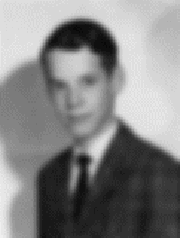
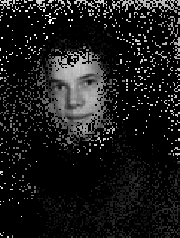
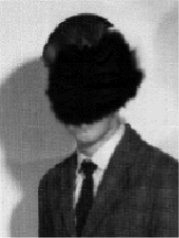
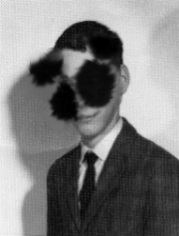
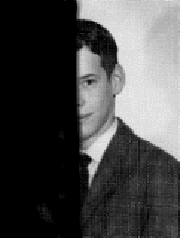

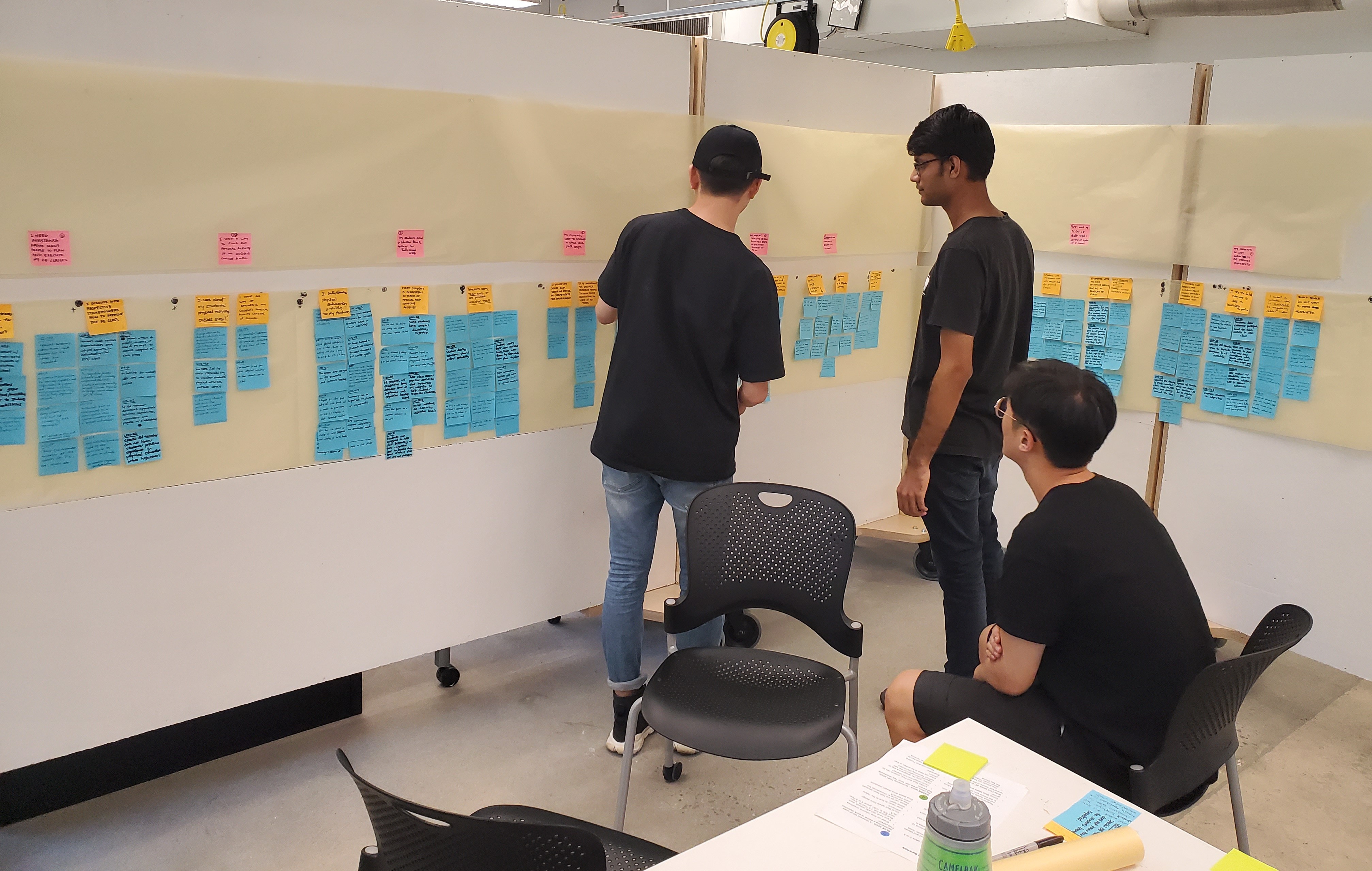

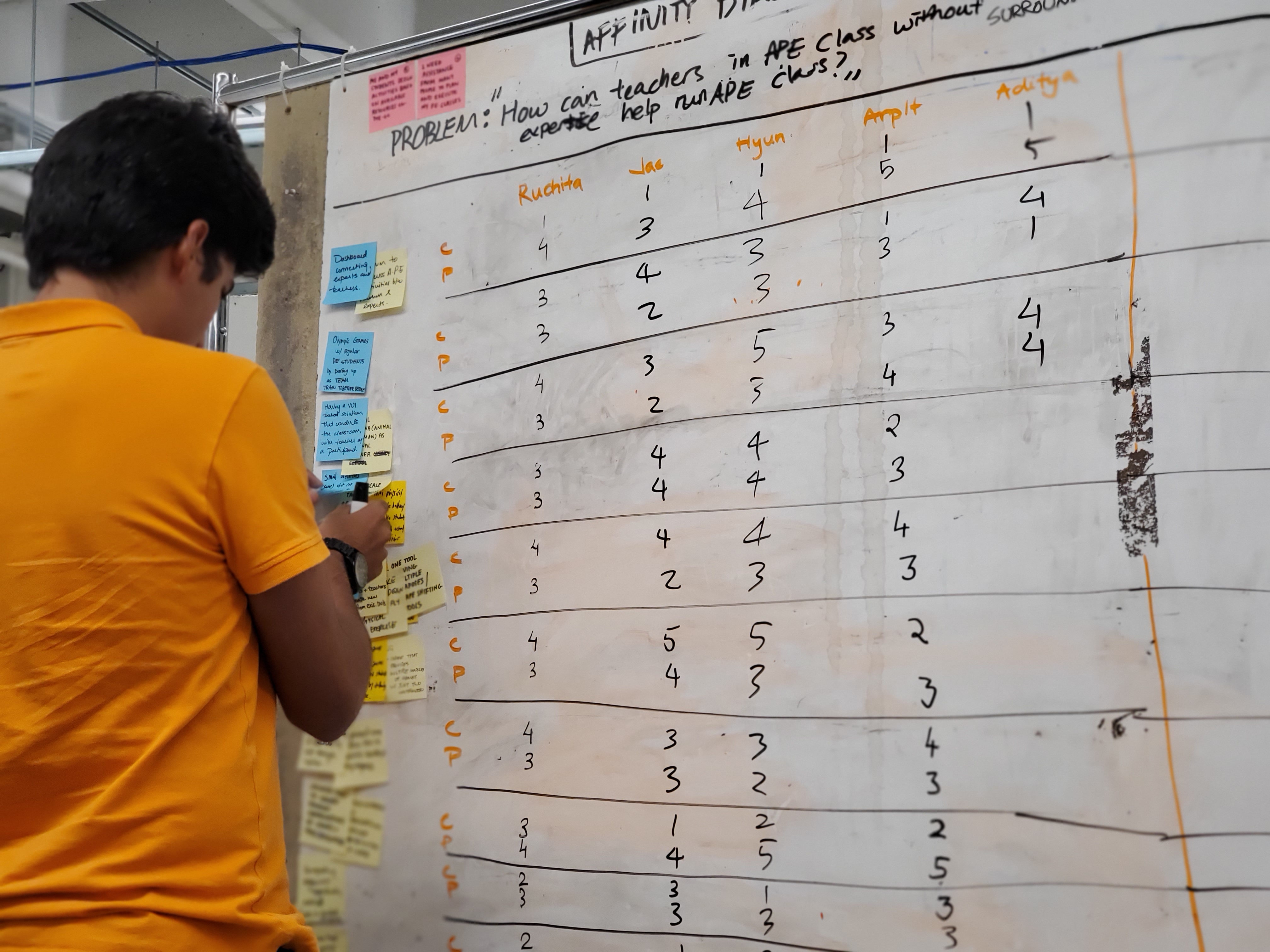
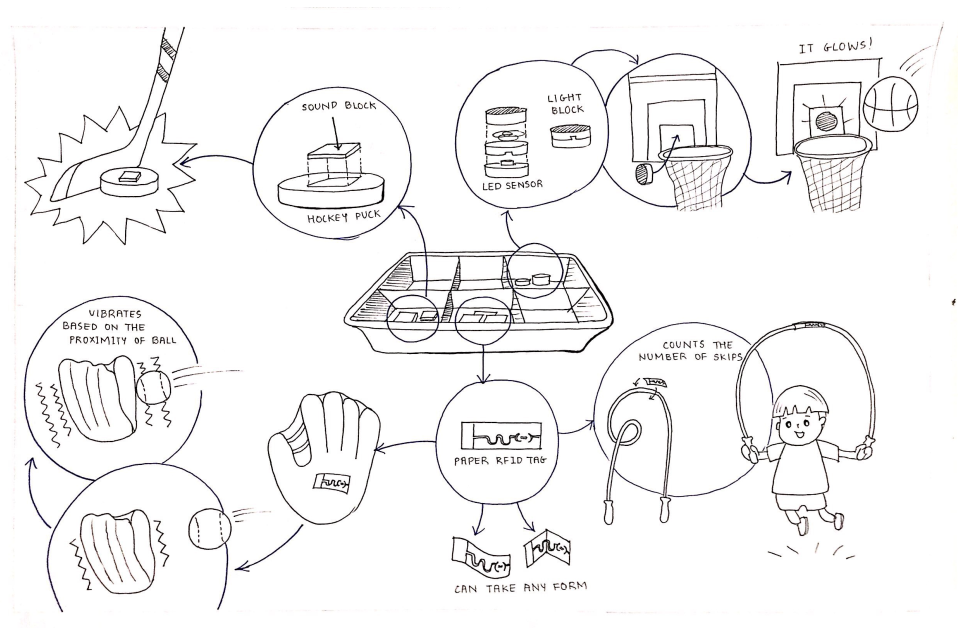
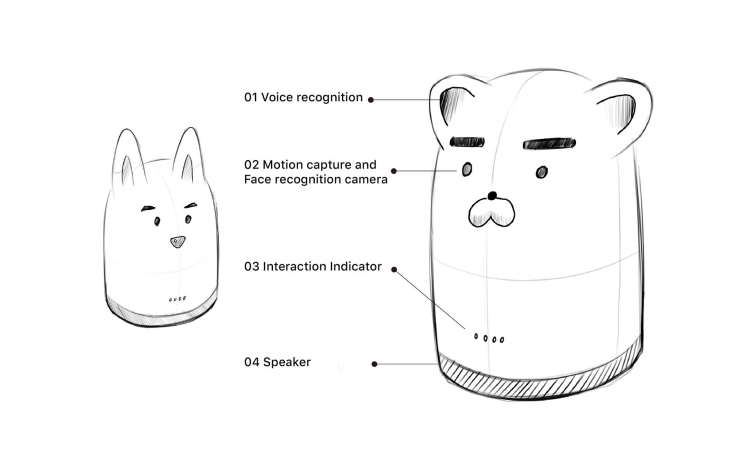 Sketch Courtesy:
Sketch Courtesy: 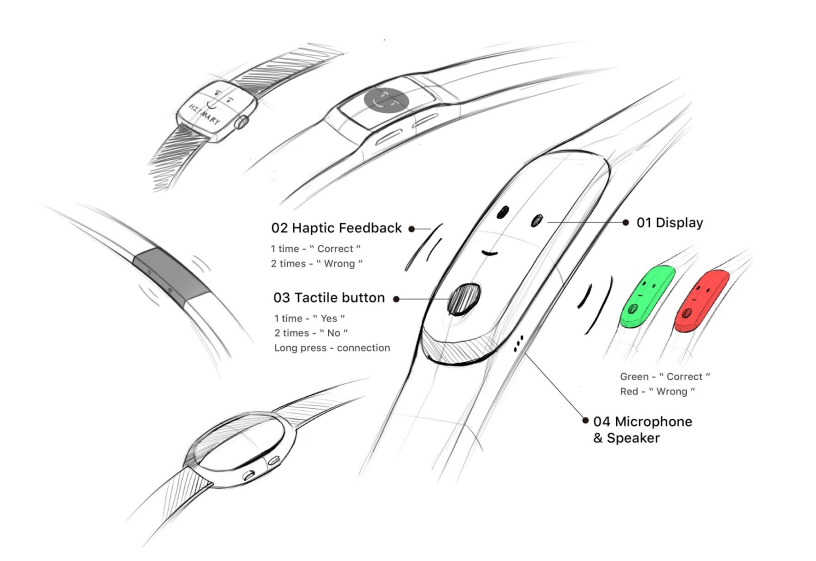
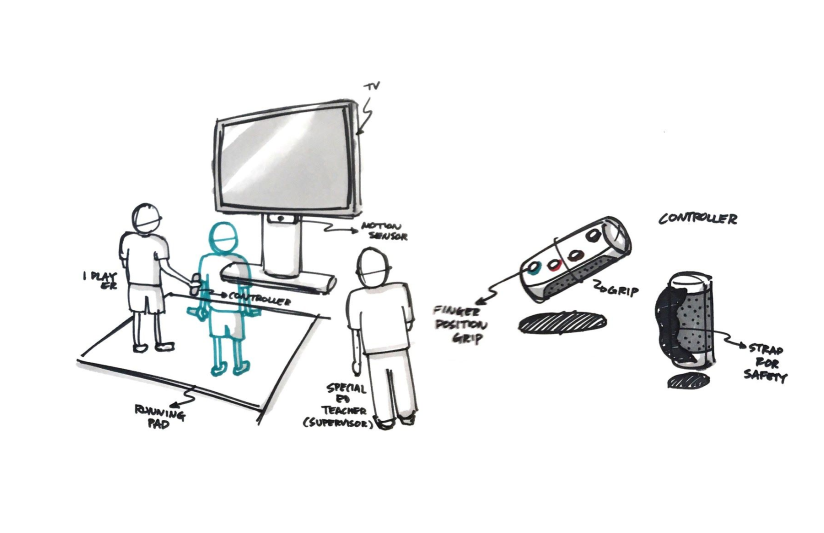 Sketch Courtesy:
Sketch Courtesy: 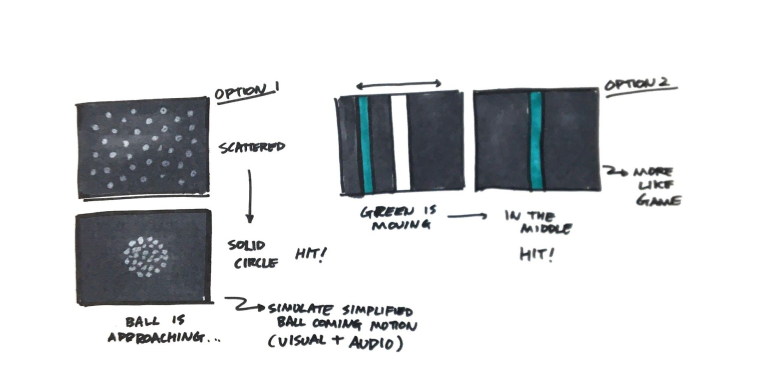
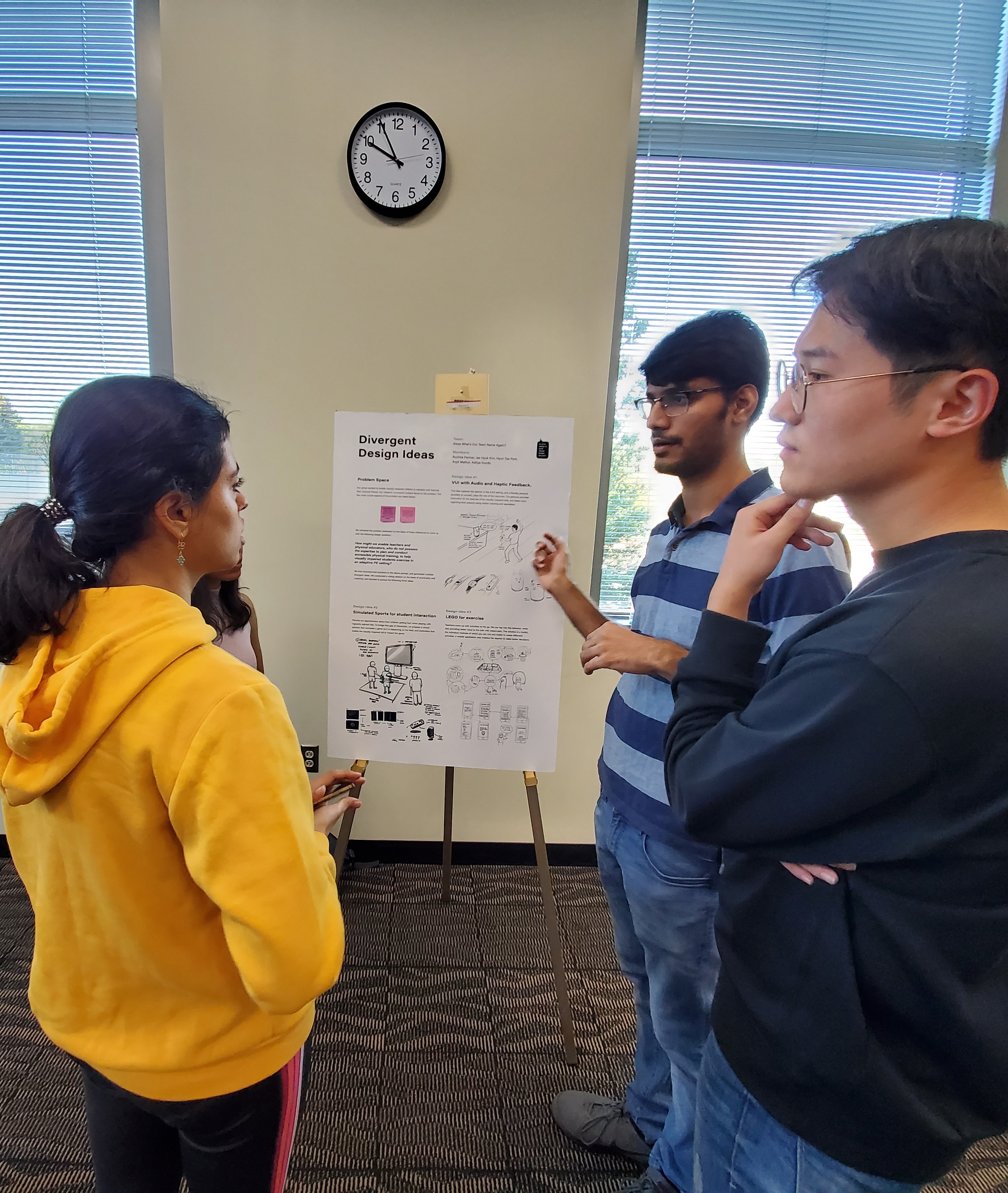
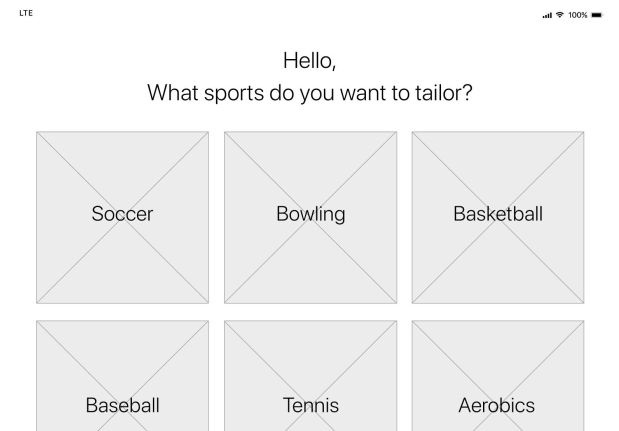
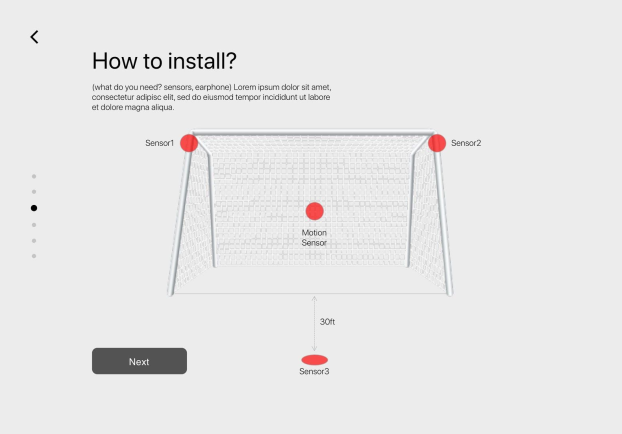
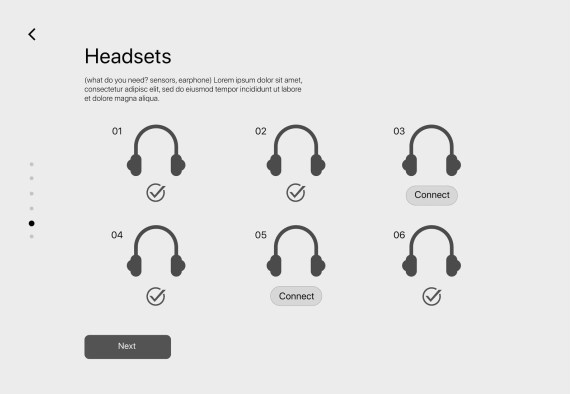
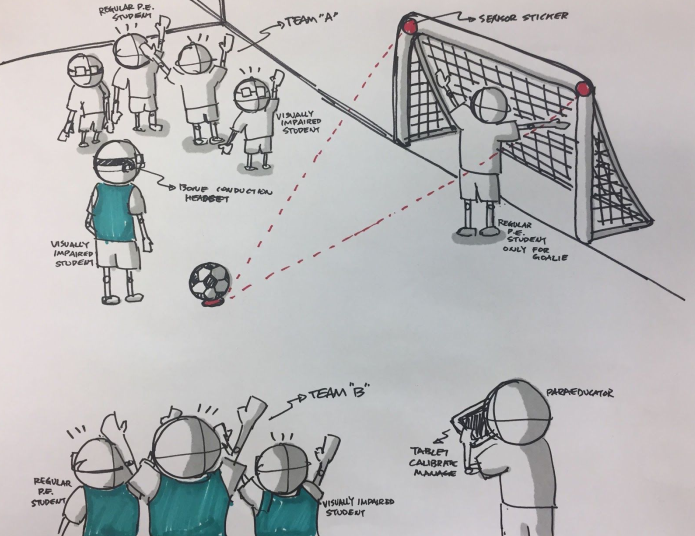
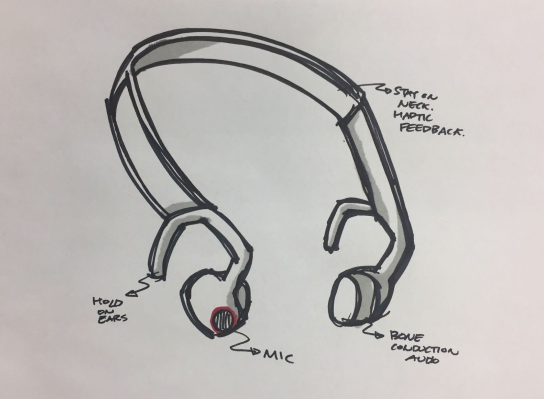
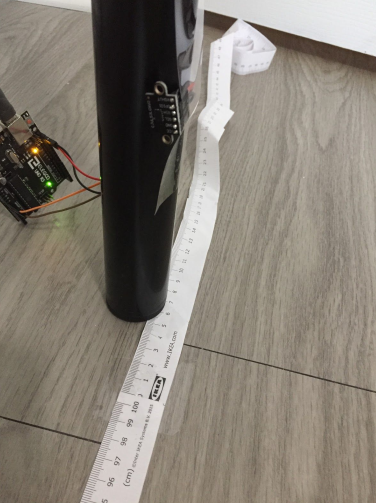
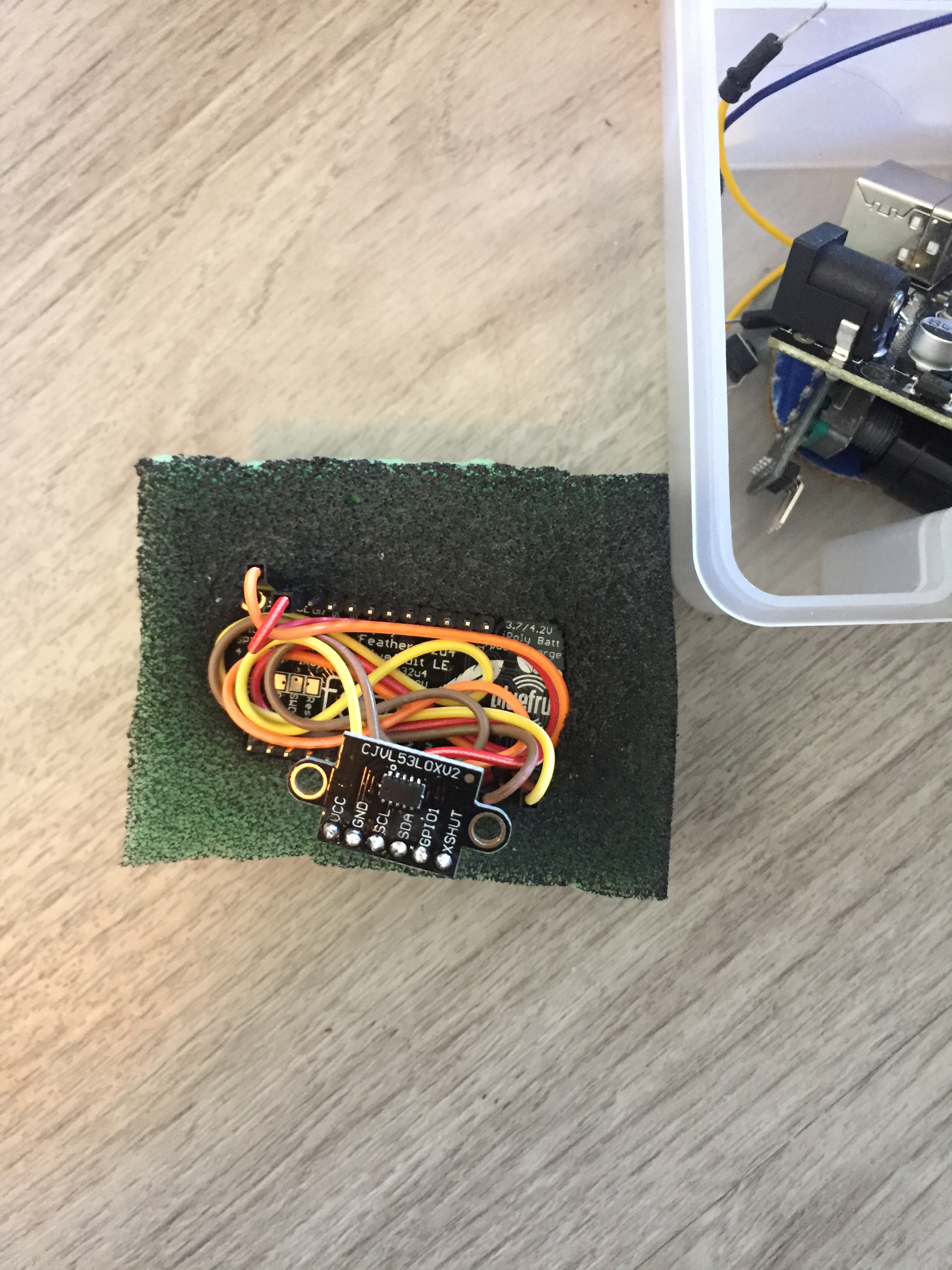
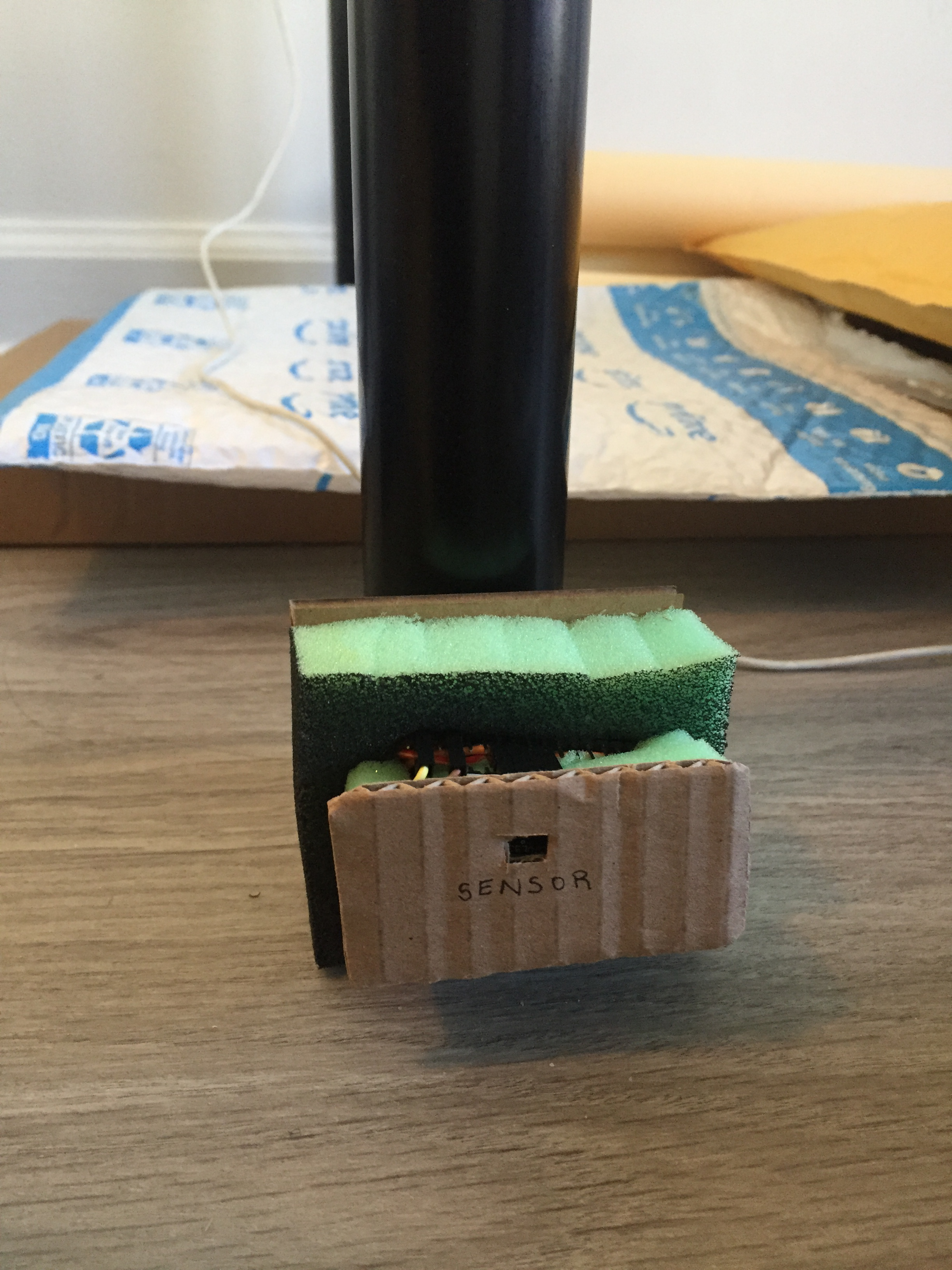
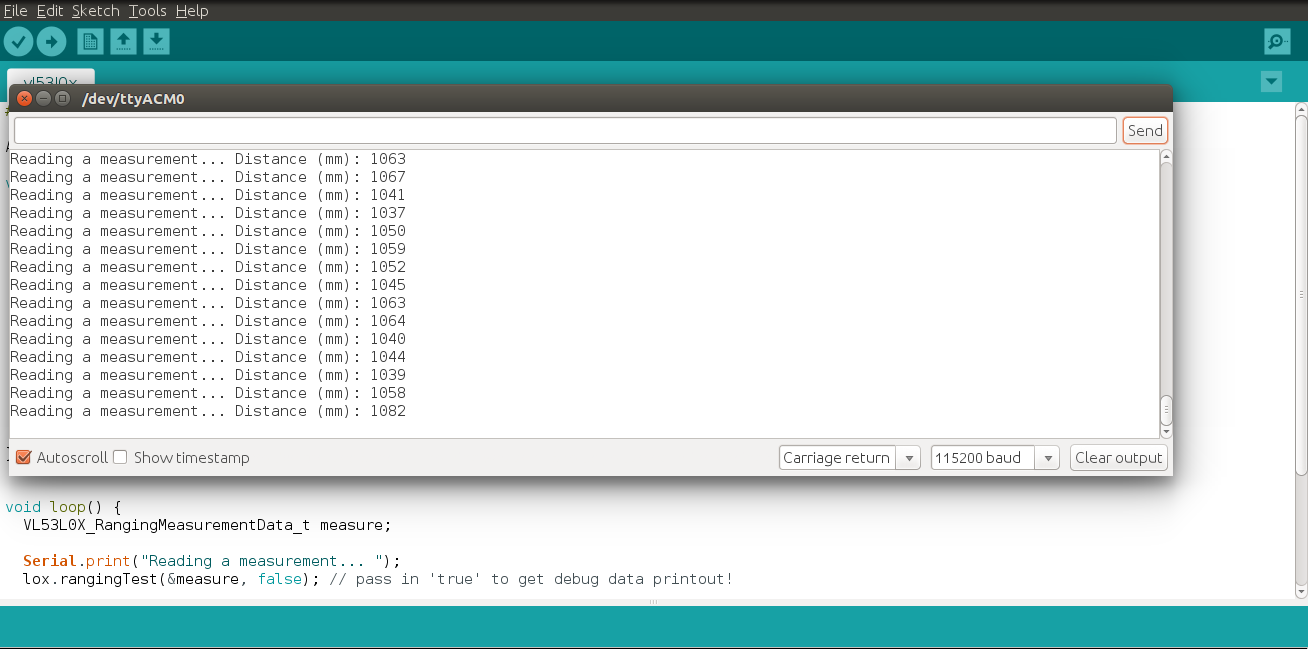
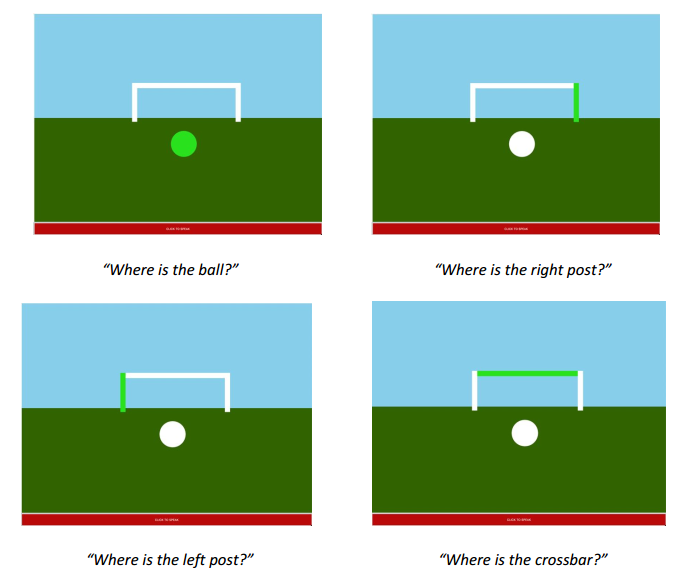 Prototype Courtesy:
Prototype Courtesy: 